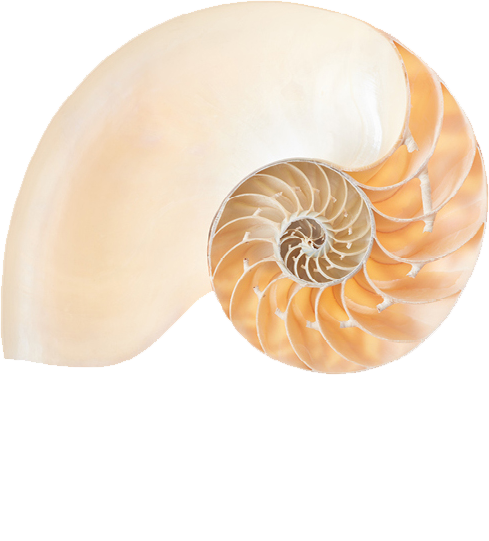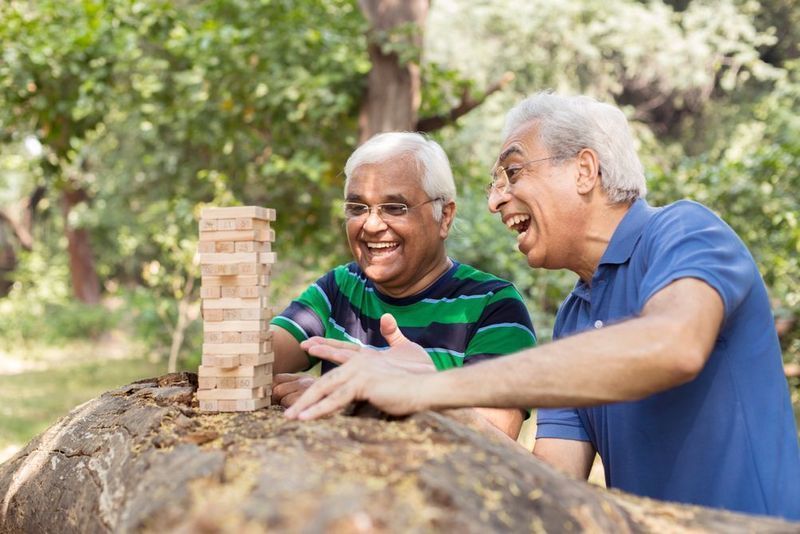“Aging is not lost youth but a new stage of opportunity and strength”
Betty Friedan
The issues we are concerned with are those benefitting from proper planning and design of the built environment and access to the outdoors. These issues may apply to a personal residence for aging-in-place, to senior care centers, or the community at large.
- Sensory loss is the most common effect of the aging process, and the built environment can play a major role in reducing the impact on two of the five senses: age-related vision and eye diseases; and noise, hearing, and understanding.
- Impaired mobility also increases with aging. One health consequence is the reduced exposure to daylight (through the eyes) and direct sunlight (on the skin) which will be addressed under"light for health."
- Sleep disorders also become more common as we age. There are non-pharmacological strategies which may help to address the root problem causing the sleep disruption. Some people living in the community, as well as many residents in most long-term care facilities, may not experience (day)light during the day and darkness when they sleep, depriving them of nocturnal sleep. In care centers not enough light during the day and too much light and noise at night which disrupts nocturnal sleep have been reported in numerous published articles.

